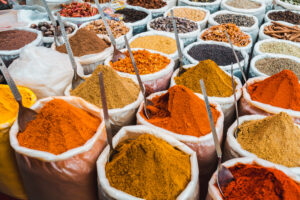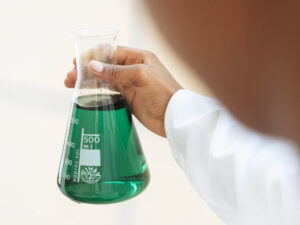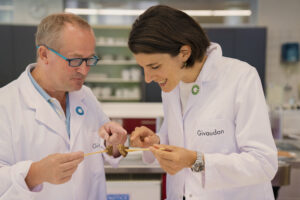We often get questions from our customers such as ‘What are E-numbers?’ ‘Are E-numbers bad?’ ‘Why do some natural colors have E#s while others don’t?’ There is even a common misconception that an E# is another term for an artificial food additive, but this is far from the truth. Don’t worry – E#s are nothing to fear, and this is why:
The Origin of E#s
E–Numbers or E#s – short for ‘Europe Numbers’ – are simply a unified list of food additives and ingredients that was first compiled in the early 1960s. This list includes categories for colors, antioxidants, preservatives, and other common food ingredients. E-numbers were designed to show that an additive or ingredient has been tested as safe and approved for use by the European Food Safety Authority (EFSA) within the European Union. But you can also find E-Numbers on food labels from many countries outside the EU, including Australia, the Gulf States, New Zealand, Russia, and South Africa.*
Which Natural Colors have E#s?
This list includes all the natural colors that are approved for use in the EU – including carotene from carrots, lutein from marigold petals, and anthocyanins from a variety of sources, like elderberry and purple carrot. In order to be included in this list of approved food additives and to qualify for an E#, these ingredients must first pass rigorous safety studies and an approval processes through EFSA that often takes years!
E# Use on Labels
When used on a food label, an E# gives the final consumer access to information on what is in their food and the confidence to know that it has been tested and is safe for consumption. However, ingredients that have an E# are not limited to being labeled as just the E#. Manufacturers also have the option to label the full name of the ingredient. ‘Colours: copper chlorophyll’, for example, instead of ‘colours: E 141.’
*While these countries technically reference ‘INS numbers’ used by Codex, many INS and E numbers correspond because EU and Codex are closely aligned.






